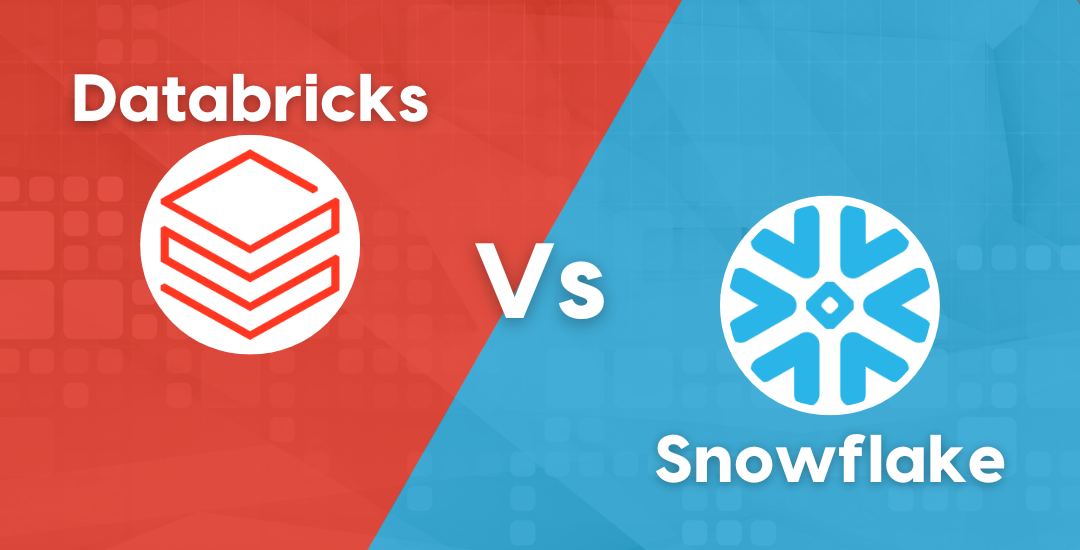Solving Data Skewness in Apache Spark: Techniques and Best Practices
Abstract:
Data skewness is a common issue that can significantly impact the performance and efficiency of Apache Spark, a popular big data processing framework. Data skewness occurs when the distribution of data across partitions is uneven, leading to some partitions having much larger data sizes than others. This can result in certain tasks taking significantly longer to complete, causing performance bottlenecks and delaying overall job completion times. In this paper, we will explore various techniques and best practices to tackle data skewness in Spark, including data pre-processing, data partitioning, and data shuffling strategies. We will also discuss some tools and libraries available in Spark that can help identify and mitigate data skewness. By implementing these techniques and best practices, users can optimize their Spark jobs and achieve better performance in large-scale data processing scenarios.
Introduction:
Apache Spark is a distributed big data processing framework that provides a wide range of operations for processing large-scale data. However, data skewness can be a significant challenge in Spark, as it can cause certain tasks or partitions to take longer than others, resulting in performance degradation. Data skewness can occur in various scenarios, such as when the input data has skewed keys or values, when the data is unevenly distributed across partitions, or when there are imbalanced operations like joins or aggregations.
Data skewness can lead to several issues in Spark, including increased job execution time, inefficient resource utilization, and degraded performance. Therefore, it is crucial to address data skewness to achieve optimal performance in Spark jobs.
In this paper, we will discuss various techniques and best practices to tackle data skewness in Apache Spark.
Data Pre-processing:
Data pre-processing is an important step in mitigating data skewness in Spark. By properly pre-processing the data before performing Spark operations, we can minimize the impact of data skewness. Some common data pre-processing techniques include:
1.1 Data Filtering:
Filtering out unnecessary data or outliers can help reduce the impact of data skewness. By removing data that is not relevant to the analysis or that does not contribute to the skewness, we can create a more balanced dataset for Spark operations.
1.2 Data Sampling:
Sampling is a technique used to select a subset of data from the original dataset for analysis. Random sampling or stratified sampling can help create a more evenly distributed sample, reducing the chances of data skewness in Spark operations.
1.3 Data Transformation:
Transforming the data can also help mitigate data skewness. For example, data normalization or standardization can scale the data and bring it to a similar range, reducing the impact of skewed values on Spark operations.
Data Partitioning:
Data partitioning is a key strategy in Spark for distributing data across multiple worker nodes for parallel processing. Proper data partitioning can help achieve a balanced distribution of data across partitions, reducing the chances of data skewness. Some common data partitioning techniques include:
2.1 Hash Partitioning:
In hash partitioning, data is partitioned based on the hash value of a specific column. This ensures that the data is distributed evenly across partitions, reducing the chances of data skewness.
2.2 Range Partitioning:
In range partitioning, data is partitioned based on a specific range of values of a particular column. This can help distribute data evenly across partitions, especially when the data has a known range or distribution.
2.3 Custom Partitioning:
Custom partitioning allows users to define their own partitioning logic based on the specific characteristics of their data. This can help optimize data distribution and minimize data skewness.
Data Shuffling Strategies:
Data shuffling is a process in Spark that redistributes data across partitions, which can be a computationally expensive operation. Improper data shuffling can exacerbate data skewness, as it may result in uneven data distribution across partitions. Therefore, it is essential to use appropriate data shuffling strategies to mitigate data skewness. Some common data shuffling strategies include:
3.1 ReduceByKey or GroupByKey:
ReduceByKey and GroupByKey are operations in Spark that can cause data shuffling. However, they can also lead to data skewness, as they aggregate data based on keys, and some keys may have significantly more data than others. To mitigate this, it is recommended to use operations like aggregateByKey or combineByKey, which allow users to define their own aggregation logic and can help distribute data more evenly across partitions.
3.2 Repartitioning:
Repartitioning is a strategy that involves redistributing data across partitions to achieve a more balanced distribution. This can be done using operations like repartition() or coalesce() in Spark. By repartitioning data based on certain criteria, such as the number of partitions or a specific column, users can achieve a more evenly distributed data across partitions, reducing the impact of data skewness.
3.3 Bucketing:
Bucketing is a technique in Spark that involves dividing data into predefined buckets based on a specific column’s values. This can help distribute data more evenly across partitions, reducing the chances of data skewness. Bucketing can be done using the bucketBy() and saveAsTable() operations in Spark.
Monitoring and Debugging:
Monitoring and debugging are crucial in identifying and mitigating data skewness in Spark. Spark provides several tools and libraries that can help users monitor and debug data skewness issues, such as:
4.1 Spark Web UI:
Spark Web UI provides real-time monitoring of Spark jobs, including information about data skewness. Users can use the Spark Web UI to monitor the distribution of data across partitions, identify skewed partitions, and take necessary actions to mitigate data skewness.
4.2 Spark Metrics:
Spark Metrics is a library that provides metrics for monitoring Spark applications. Users can use Spark Metrics to collect and analyze data skewness-related metrics, such as data distribution, partition sizes, and data shuffling time. This can help users identify and mitigate data skewness issues.
4.3 Spark Profiler:
Spark Profiler is a tool that provides profiling information about Spark applications. Users can use Spark Profiler to profile their Spark jobs and identify performance bottlenecks, including data skewness. This can help users optimize their Spark jobs and mitigate data skewness issues.
Conclusion:
Data skewness is a common challenge in Apache Spark that can significantly impact job performance and efficiency. However, by implementing proper techniques and best practices, such as data pre-processing, data partitioning, and data shuffling strategies, users can mitigate data skewness and optimize their Spark jobs. Monitoring and debugging tools, such as Spark Web UI, Spark Metrics, and Spark Profiler, can also help identify and resolve data skewness issues. By addressing data skewness, users can achieve better performance and efficiency in their large-scale data processing scenarios using Apache Spark.
Add Comment
You must be logged in to post a comment.








